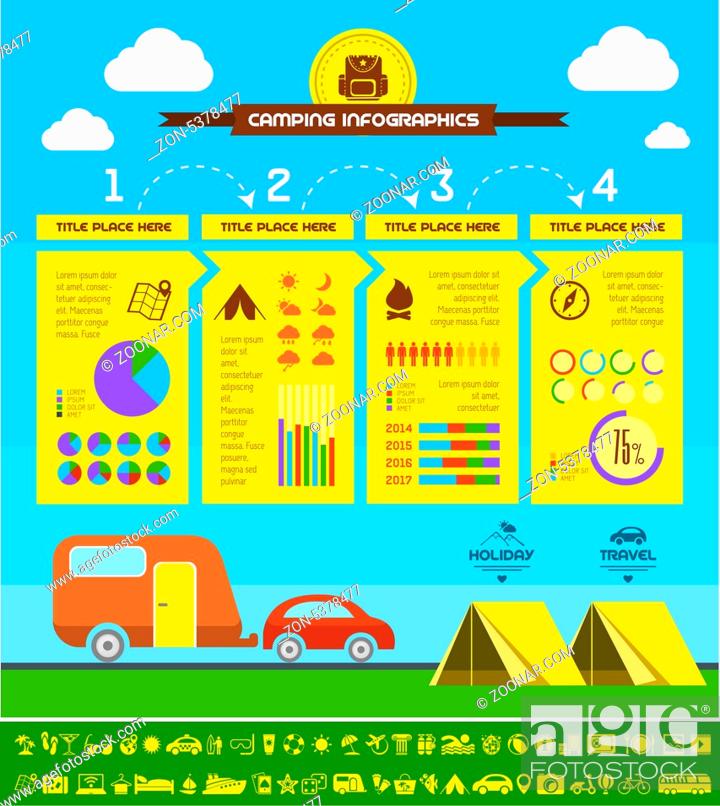Rainfall flies are an essential accessory for wall camping tents. They boost the capacity of an outdoor tents to protect campers from extreme weather while supplying included convenience and longevity.
Regular cleansing of a rain fly maintains mud, mold, and particles from damaging it. Additionally, guaranteeing the proper stress of a rainfly avoids it from drooping and allowing water to accumulate below.
Weather Condition Resistant Materials
The product used in building and construction jobs can influence the longevity and longevity of the project. Picking weather-resistant products helps reduce maintenance prices and saves resources for future fixing and replacement.
Timber may not be the initial material that enters your mind when discussing weather condition resistance, yet it is highly durable when appropriately treated with preservatives. Cedar, redwood, and teak wood are instances of naturally rot-resistant timbers used to make a range of exterior furniture and frameworks.
High-performance canvas wall surface tents are created to stand up to wetness and maintain campers comfortable. It is very important to clean canvas and camping tents consistently to remove dirt, mud, and dirt. It is also necessary to rinse any kind of residue from the canvas camping tent prior to storing it away for use. Prevent making use of bleach, as it ruins the water-resistance treatment and makes the camping tent extra susceptible to leakage. Conversely, a soft brush and a hose can be used to completely scrub the canvas outdoor tents and wash it off with water until it is fully saturated.
UV Exposure
Unless an outdoor tents is made from UV-resistant textile, extended direct exposure to sunshine will cause it to break down. This holds true of all materials, however it's specifically pronounced for tents and canvas structures due to just how much they're made use of in outdoor settings. UV radiation can cause dyes to break down, causing a loss of shade vibrancy.
A rainfly shields wall tents from these damaging UV rays by showing them prior to they can pass through the framework and reach your skin. It is essential to select a rainfly with a UPF score of 50 or greater to obtain optimum UV defense.
A rainfly additionally aids manage the temperature level inside a tent depending on the season. A lighter rainfly can keep tents from absorbing too much heat in the summer, while a much heavier rain fly can assist stop warm from getting away the outdoor tents throughout cooler months. In either instance, these added layers of insulation can significantly extend a tent's life expectancy.
Wetness Damages
Canvas tents are relatively sturdy and can last 15-30 years with persistent care, however also one of the most high-performance canvas is not unsusceptible rainstorms. A rainfall fly or fly sheet includes a layer of security for the roofing system of your canvas camping tent and helps prevent dampness damages.
Condensation, mold, and mildew are not only undesirable, however they can likewise destroy the structural honesty of your canvas camping tent. Stopping these problems is not difficult, yet it needs precise care and focus to information.
Make it a practice to inspect your outdoor tents in the early morning and eliminate any all-natural condensation, dew, or snow that has built up externally. Later, make sure to spread your tent out in an open location and utilize a soft brush to scrub away any mold and mildew and mildew that has created. When you have gotten rid of the impacted areas, re-treat the camping tent with a mold awesome option and rinse it extensively to avoid any future problems.
Wetness Buildup
While typical, canvas fabric condensation can damage products if left unattended. Fortunately, aggressive techniques like cleaning surfaces and airing out outdoors tents lessen condensation' impact.
Outdoor tents fabric, environment conditions and use patterns contribute to condensation degrees. Sailcloth, for example, resists water vapor dissipation and tends to show beaded beads more readily than polyester or nylon choices. Understanding this distinction informs exactly how tent proprietors manage condensation.
Passenger's exhaled breath and damp clothing and devices spike moisture levels. An absence of ventilation approaches allows dampness to condense when warm indoor air fulfills cooler surface temperature levels. This cycle enhances on moist nights or when a camping tent is placed in low places. Inspecting and cleaning outdoor tents surfaces quickly after cooling motivates moisture to distribute prior to damaging materials or creating mold. Localized air movement, such as directing a follower towards seams, additional help the process. Acknowledging one of the most susceptible areas of an outdoor tents, like high ridges and corners, assists campers enhance their moisture administration regimens.
